Deck & Commander Strategies
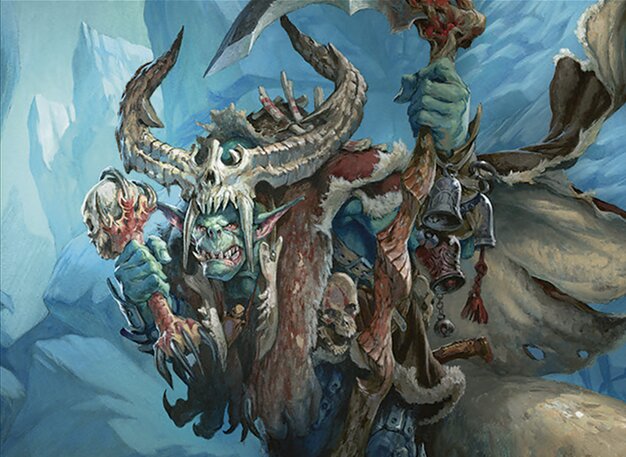
Sek'Kuar, Deathkeeper
Sacrifice and recursion-focused deck that generates value by sacrificing creatures and lands, creating tokens, and using sacrifice outlets to overwhelm opponents. It takes advantage of powerful artifact ramp to cast big threats and combos.

Arixmethes, Slumbering Isle
A ramp-heavy deck that transforms the commander into a massive creature, then leverages card draw and mana acceleration from Azor's Gateway and Future Sight to cast large spells and overwhelm opponents with big creatures and planeswalkers.
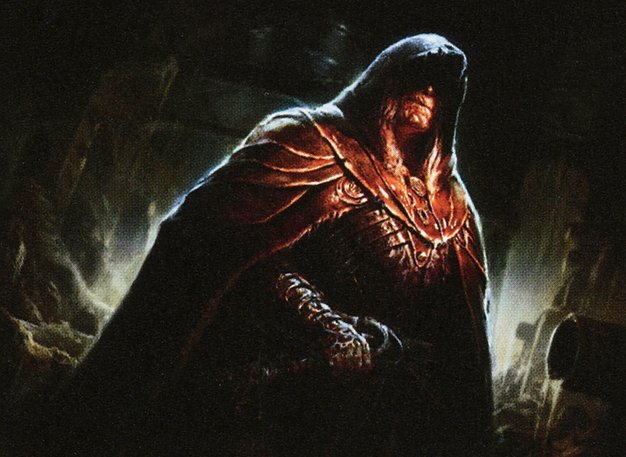
Lazav, Dimir Mastermind
A control and value deck that copies creatures milled from opponents, using Lazav's ability to become key threats while applying disruption and card advantage through milling and spells like Whispering Madness to refill hands and disrupt opponents.

Stitcher Geralf
A token and sacrifice synergy deck that uses Shadowborn Apostles to generate numerous tokens and combos with Sequoia and other graveyard interactions to build a resilient board and pressure opponents through incremental value.
Gameplay Insights
- 1
Max's use of Azor's Gateway to generate card advantage and transform it into a mana-producing Sanctum of the Sun was pivotal in ramping into big threats and casting Future Sight for deep draws.
- 2
Nick's combination of artifact ramp and sacrifice synergies allowed him to flood the board with large creatures like Fleet Swallower and Steel Hellkite, applying significant pressure and gaining life through multiple triggers.
- 3
Chris effectively used Lazav's ability to copy milled creatures, turning apparently random milling into targeted value generation, particularly with Essence Warden and Fleet Swallower copies, enhancing his board presence and life gain.
- 4
The repeated use of Whispering Madness ciphered onto Lazav created recurring hand refills and forced opponents to discard, disrupting their strategies while fueling Chris's own card advantage.
- 5
Martin's reliance on Shadowborn Apostles and token generation provided consistent board presence, but he struggled to defend against the high-impact plays and card advantage engines of the other decks.
- 6
Max's decision to cast a kicked Right of Replication to create multiple copies of Fleet Swallower was a significant tempo swing, enabling multiple attacks and life gain triggers that pressured opponents heavily.
- 7
The interaction between multiple copies of Lazav and the various milled creatures created complex board states where value was continuously generated from the graveyard and milling effects.
- 8
Nick's timely use of Tectonic Edge to destroy Max's Sanctum of the Sun disrupted a key mana source, showing the importance of interaction even in a ramp-heavy game.
Notable Cards
-

Azor's Gateway // Sanctum of the Sun
-
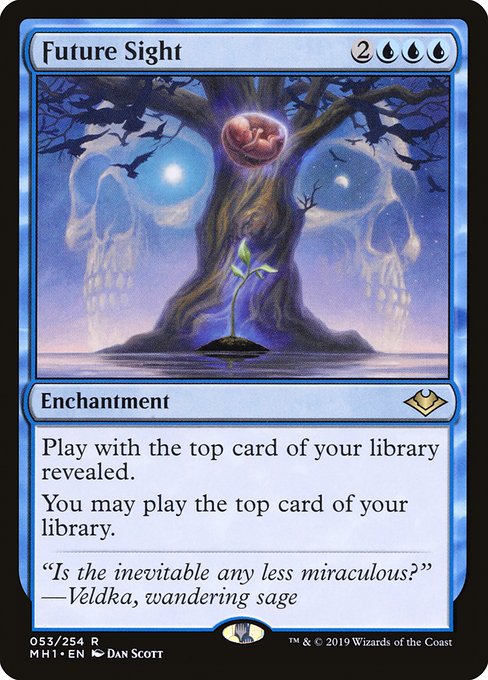
Future Sight
-
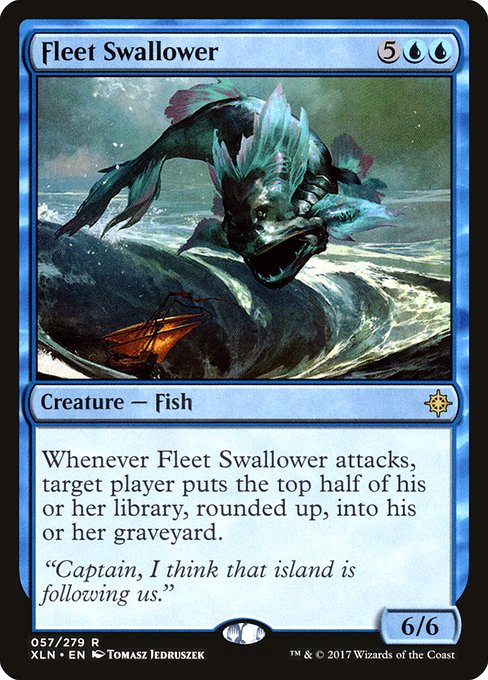
Fleet Swallower
-

Steel Hellkite
-
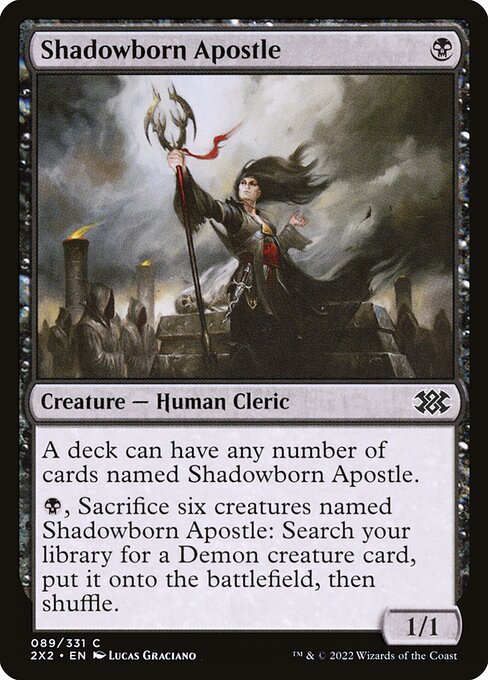
Shadowborn Apostle
-
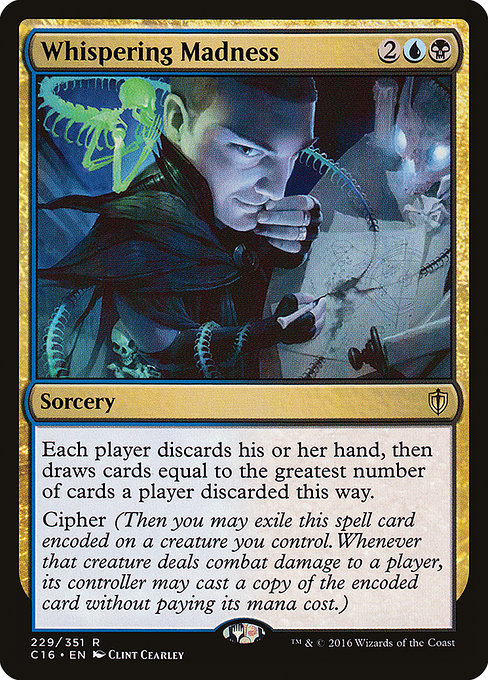
Whispering Madness
-
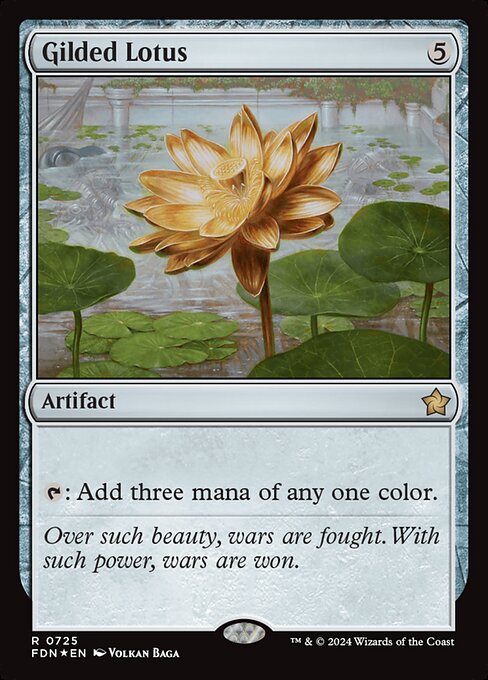
Gilded Lotus
-
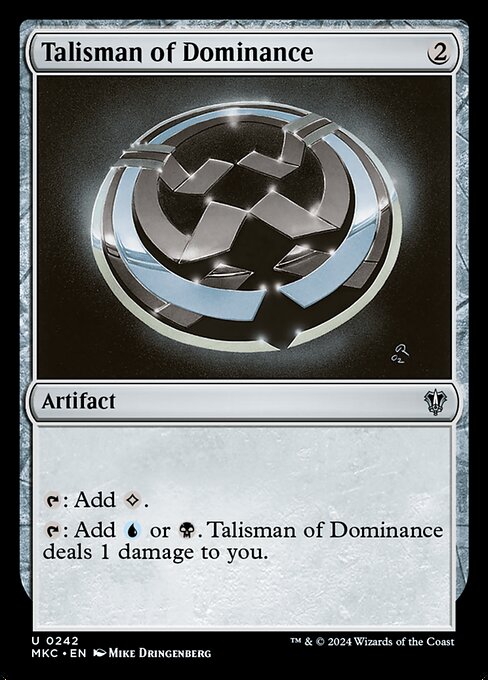
Talisman of Dominance
-
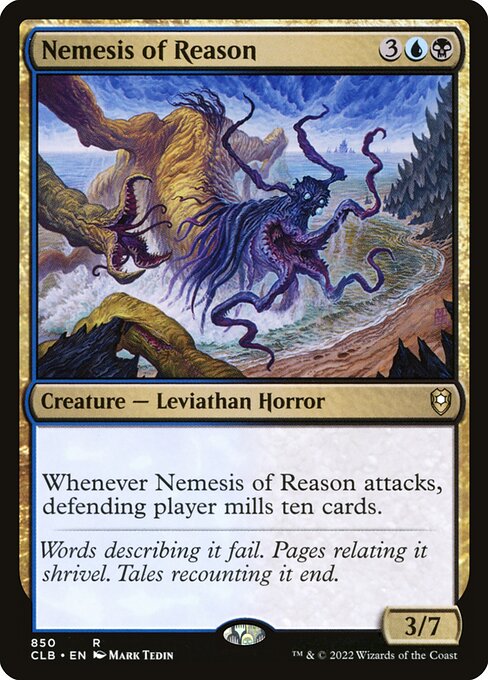
Nemesis of Reason
-
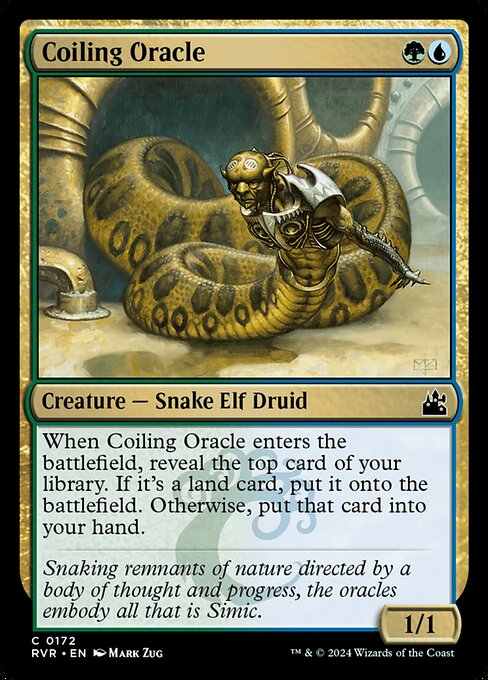
Coiling Oracle
-
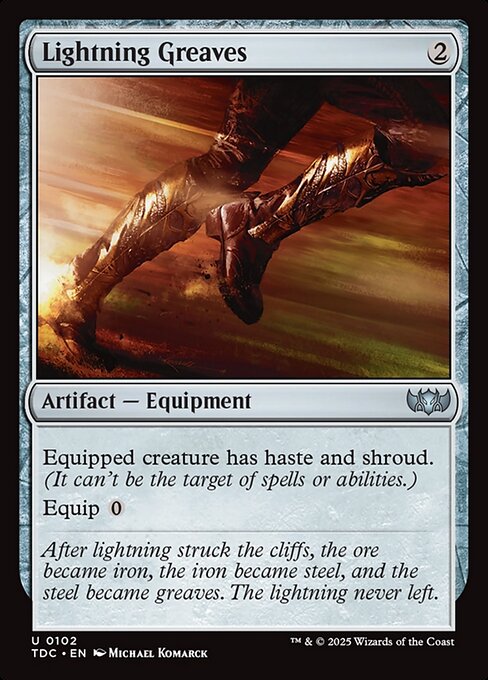
Lightning Greaves
-
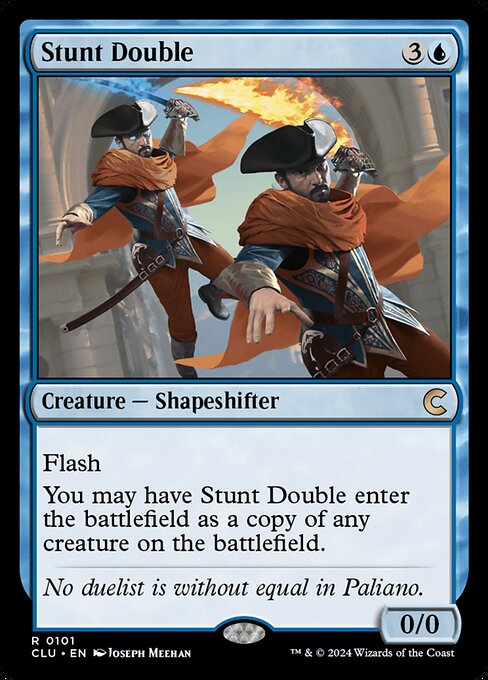
Stunt Double
-
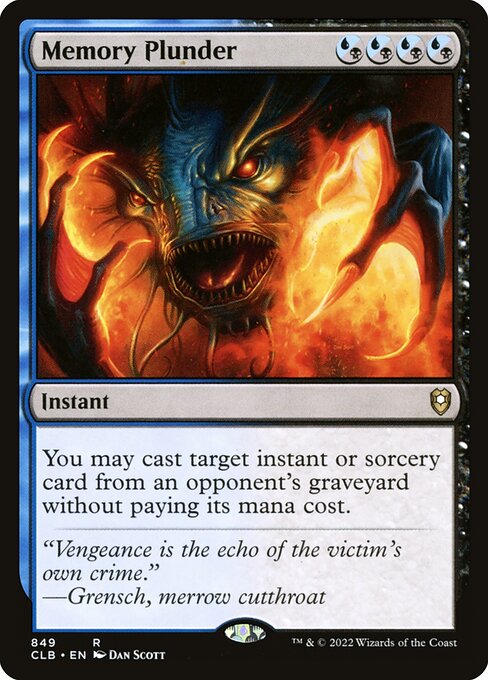
Memory Plunder
-
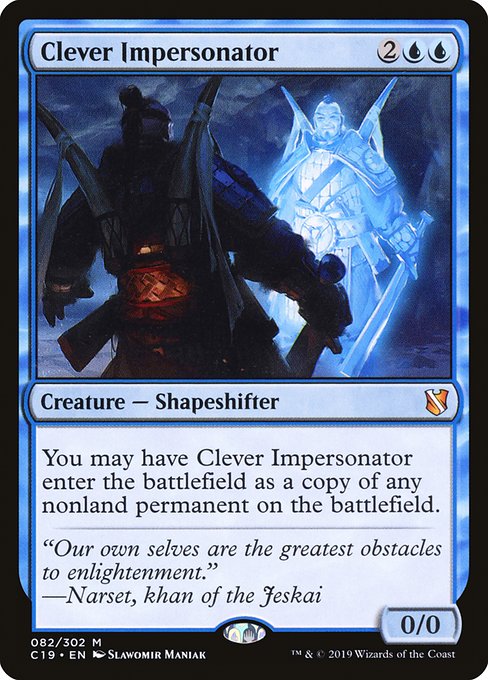
Clever Impersonator
Gameplay Summary
The game began with players developing their boards through ramp and early creature plays.
Max, playing Arixmethes, Slumbering Isle, quickly established momentum by casting Azor's Gateway and later transforming it into Sanctum of the Sun, setting up a strong mana base with Future Sight to draw deep into his deck.
Nick, on Sek'Kuar, Deathkeeper, ramped aggressively with artifact lands and Gilded Lotus, enabling him to cast powerful threats like Fleet Swallower and Steel Hellkite, and used sacrifice synergies to fuel board presence.
Chris piloted Lazav, Dimir Mastermind, utilizing its copying ability to mimic key creatures milled from opponents, gaining incremental value while applying pressure with cards like Whispering Madness ciphered onto Lazav for recurring card advantage and disruption.
Martin's Stitcher Geralf deck focused on assembling Shadowborn Apostles and leveraging Sequoia and other creatures to generate tokens and board presence, but struggled to keep pace with the explosive plays of the other decks.



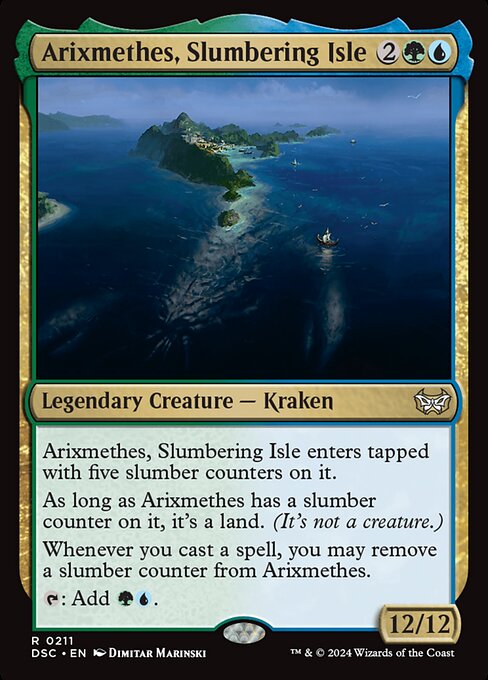


























![Commander VS S14E1: Muldrotha VS Valduk VS Tatyova VS Arixmethes [EDH] thumbnail](https://i.ytimg.com/vi/N6grgj3VwDM/sddefault.jpg)









![Commander VS S9E5: Halloween Special! [EDH] thumbnail](https://i.ytimg.com/vi/gHQlr_Ct6Kc/sddefault.jpg)

![Commander Versus Series: Gisa (Justin Parnell) Vs. Geralf (Stephen Green) [Magic: the Gathering] thumbnail](https://i.ytimg.com/vi/8TXXQpAgGfk/sddefault.jpg)
